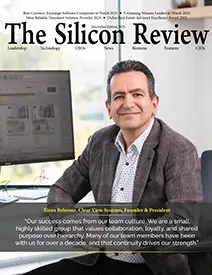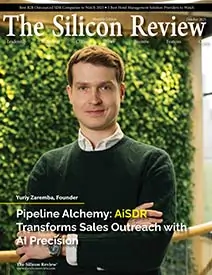>>
Industry>>
Bio tech>>
Global Benchmarking Threatens ...Global Benchmarking Threatens U.S. Drug Pricing Models
The Silicon Review
13 May, 2025
A revived proposal to peg U.S. drug prices to international benchmarks signals a seismic shift in biotech market dynamics and raises urgent questions for pharmaceutical pricing models.
The U.S. biotech sector is bracing for upheaval as Washington revives a contentious plan to tether domestic drug prices to those negotiated overseas. Former President Donald Trump’s rebooted “most favored nation” (MFN) proposal—now rebranded as “global price anchoring”—would force Medicare to cap costs for high-impact drugs like cancer therapies and diabetes injectables at rates paid in countries like Germany and Japan. This blunt-force strategy, pitched as a lifeline for consumers drowning in prescription costs, is rattling an industry already navigating patent cliffs and clinical trial bottlenecks. Biotech executives argue the model ignores stark realities: European single-payer systems extract deep discounts by threatening market exclusion, while U.S. firms bankroll nearly 60% of global drug R&D. “Slashing prices without slashing R&D budgets is alchemy,” fired back Celia Tran, CEO of a Boston-based startup developing gene therapies for rare diseases. Her firm, like many, relies on U.S. premium pricing to offset risks in targeting niche patient populations. The proposal could also kneecap licensing deals—biotech’s lifeblood—as investors recalculate returns against potential revenue caps.
Automation’s role in this drama is double-edged. While AI-driven labs and robotic manufacturing have trimmed production costs, these efficiencies now risk being weaponized. “If HHS says we can make drugs for Canadian prices, they’ll assume robots can magic away the difference,” grumbled a Pfizer plant manager, noting that 40% of automation savings are already reinvested into precision medicine trials. Companies like Moderna are reportedly shelving plans for AI-powered mRNA factories in the Midwest, fearing margins won’t justify the tech’s upfront costs under MFN rules.
The policy’s drafters counter that global benchmarking could spur innovation by redirecting funds from marketing to research. But with China and India aggressively subsidizing their biotech sectors, critics warn the U.S. risks surrendering its drug development crown. “This isn’t pricing reform—it’s unilateral disarmament,” argued Stanford health economist Dr. Rajiv Mehta, whose models predict a 22% drop in early-stage oncology investments if MFN takes effect. As the HHS finalizes its target drug list, one truth cuts through the noise: in the high-stakes game of medical innovation, America’s willingness to pay premium prices has long been the ante. Remove that, and the entire table could collapse.
_2025-12-15_12-44-58.webp)


_2025-11-17_06-38-14.webp)

 (1)_2025-10-21_13-35-14.webp)
